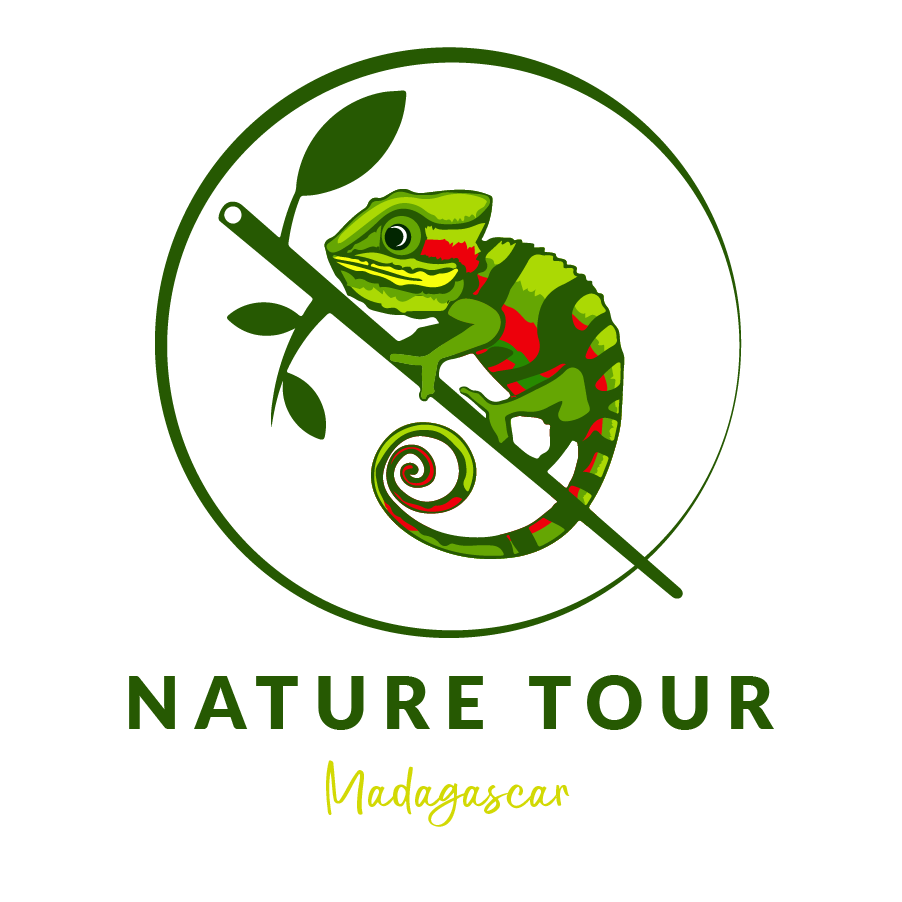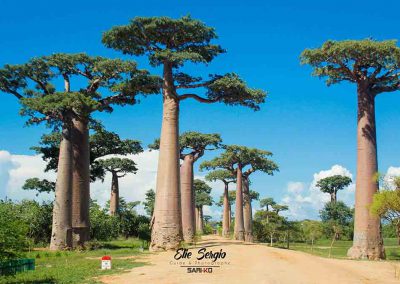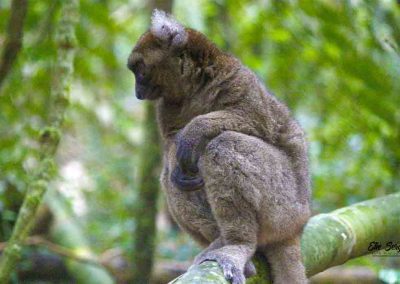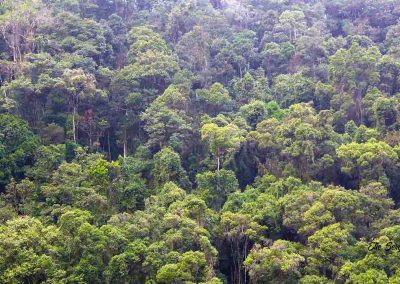The biodiversity
Nature Tour Madagascar offers immersive wildlife tours.
The magic Flora and Fauna.
Madagascar, often dubbed the “Eighth Continent,” is a treasure trove of biodiversity. Situated off the southeastern coast of Africa, this island nation is home to some of the most unique and diverse ecosystems on the planet. From towering baobab trees to the elusive lemurs, Madagascar’s flora and fauna are not only fascinating but also crucial to global biodiversity.
Let’s dive into the extraordinary natural world of Madagascar and explore why it is so vital to protect it.
Geographical Background.
Madagascar’s unique biodiversity is largely due to its geographic isolation. The island separated from the African mainland around 88 million years ago, allowing its flora and fauna to evolve independently. The result is a plethora of species found nowhere else on Earth. The island’s climate varies from tropical along the coast to temperate inland, and arid in the south, creating diverse habitats that support a wide range of plant and animal life.
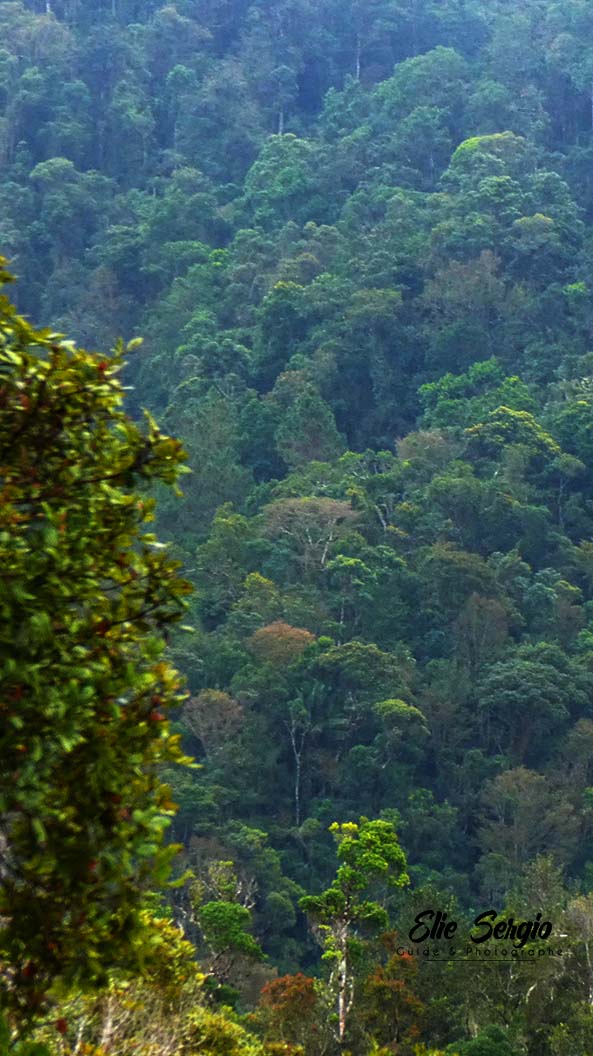
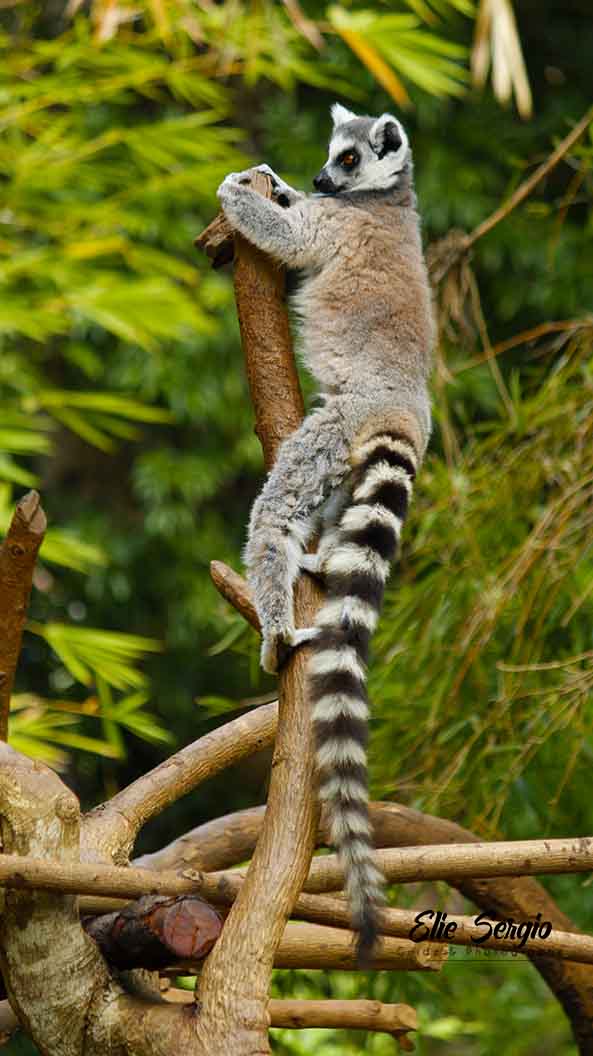
Flora of Madagascar.
Madagascar’s plant life is a botanist’s dream, with about 90% of its flora being endemic. This means these plants are found only in Madagascar and nowhere else on Earth.
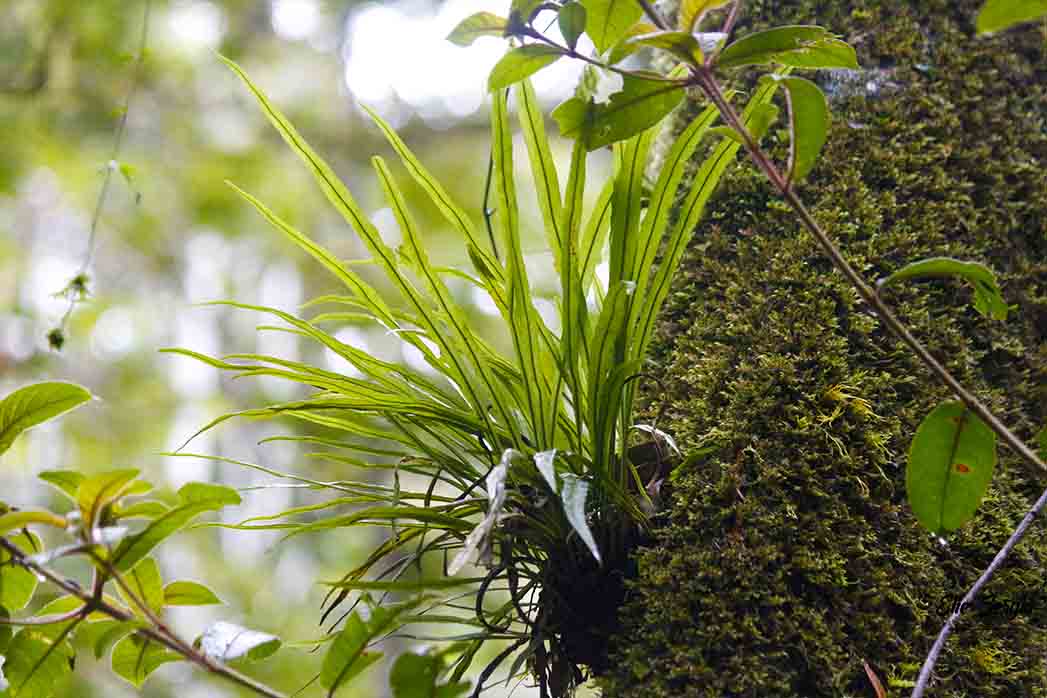
Endemic Plant Species.
One of the most iconic plants of Madagascar is the Baobab tree. These ancient giants can live for over a thousand years and are easily recognized by their massive trunks and sparse branches. There are six species of baobabs in Madagascar,
each adapted to different parts of the island.
Another standout in Madagascar’s botanical repertoire is its Orchids. With over 1,000 species, Madagascar is a haven for orchid enthusiasts. These delicate flowers range in size, color, and shape, making them a captivating study for botanists and a delightful sight for visitors.
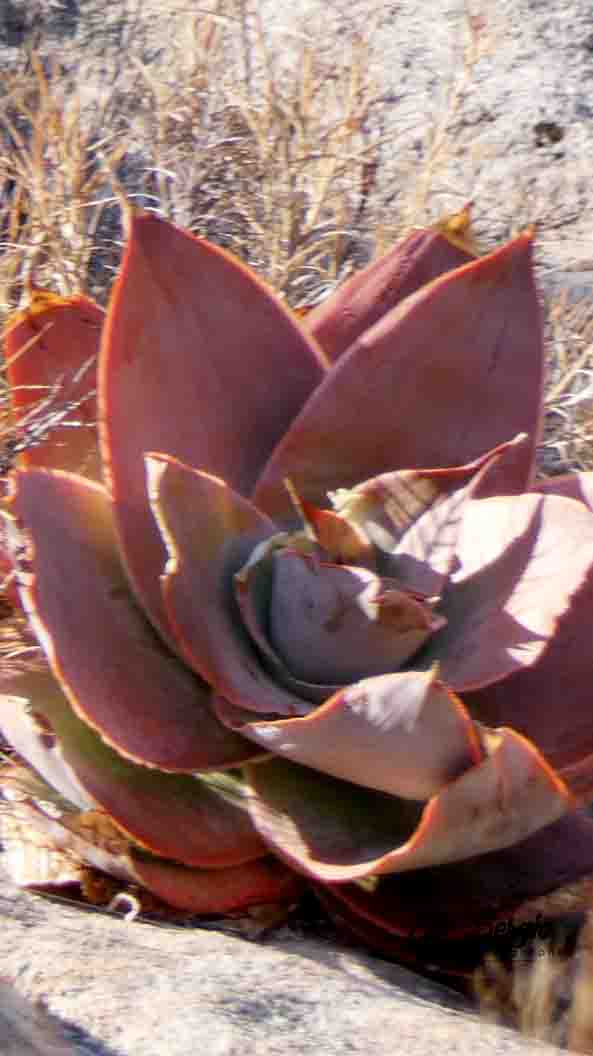
Medicinal Plants.
The island is also home to numerous medicinal plants used by local communities for centuries. Plants like the Madagascar
periwinkle have even made their way into modern medicine, known for their role in producing cancer-fighting compounds.
These plants are not only vital for local health but also offer potential breakthroughs in global medicine.
Threats to Flora.
Despite its rich flora, Madagascar faces significant environmental challenges. Deforestation is a major issue, driven by
agricultural expansion, logging, and charcoal production. As forests disappear, so do the plants that thrive in these unique
habitats. Fortunately, conservation efforts are underway, with various organizations working to preserve and restore
Madagascar’s forests.
Fauna of Madagascar.
Madagascar’s animal life is just as extraordinary as its plant life. With around 95% of its reptiles, 89% of its plant life, and
92% of its mammals being endemic, the island is a biodiversity hotspot.
Endemic Animal Species.
Lemurs are perhaps the most famous of Madagascar’s fauna. These primates, which include over 100 species, are found only on this island. From the tiny mouse lemur to the large indri, each species has adapted to different environments across the island. Lemurs are not just fascinating to watch; they also play a crucial role in seed dispersal, helping to maintain the island’s forests.
Equally intriguing are Madagascar’s chameleons. The island is home to more than half of the world’s chameleon species,
including the smallest, the Brookesia micra, and the largest, the Parson’s chameleon. These reptiles are masters of
camouflage and can change color to blend into their surroundings or communicate with others.
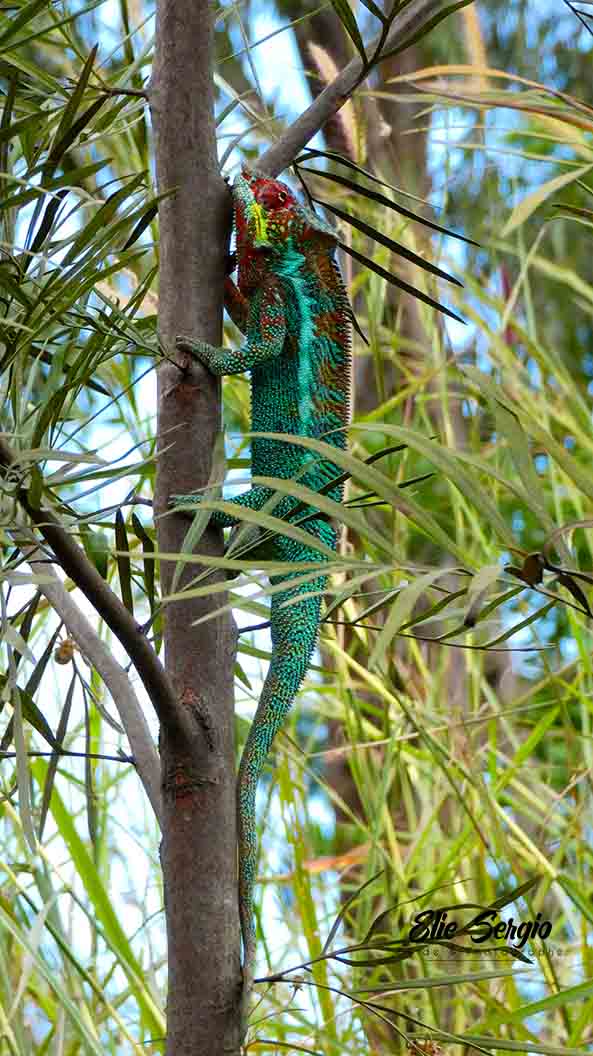
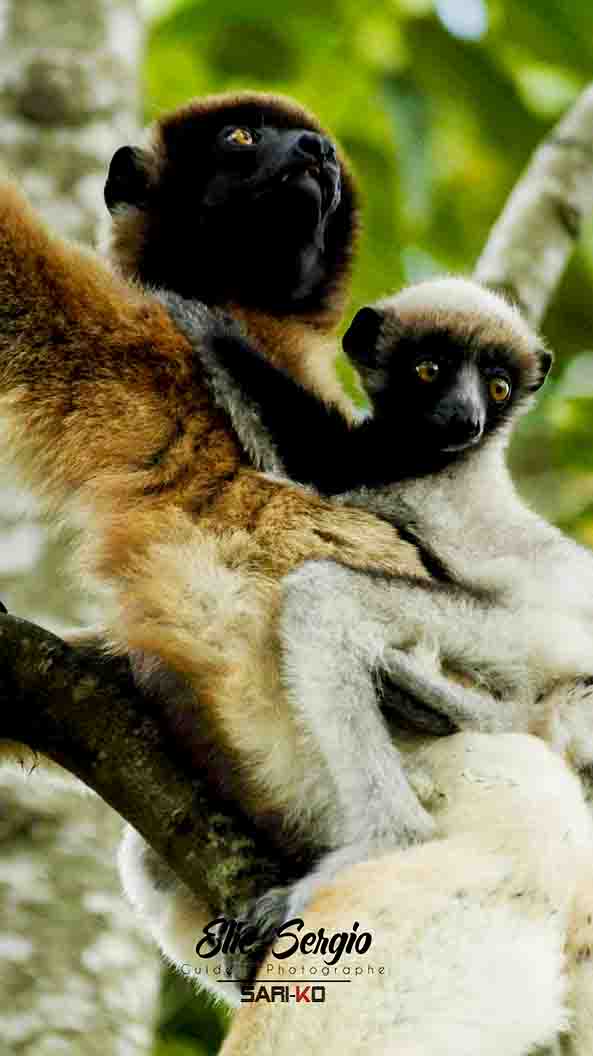
Another notable predator is the fossa, Madagascar’s top predator. Resembling a small cougar, this carnivorous mammal is
agile and an expert hunter, preying primarily on lemurs.
Interdependence of Flora and Fauna.
Madagascar’s flora and fauna are deeply interconnected. The island’s plants provide food and shelter for animals, while animals like lemurs and birds help in pollination and seed dispersal, maintaining the health of the ecosystem. This interdependence means that the loss of one species can have a ripple effect, impacting many others.
Conservation Challenges.
Madagascar’s unique ecosystems are under threat from human activities. Habitat destruction, illegal wildlife trade, and climate change are some of the biggest challenges facing the island’s biodiversity. Despite these threats, there is hope.
Conservation organizations, both local and international, are working tirelessly to protect Madagascar’s natural heritage.
Ecotourism plays a vital role in these efforts, providing funding for conservation projects and raising awareness among
visitors.
